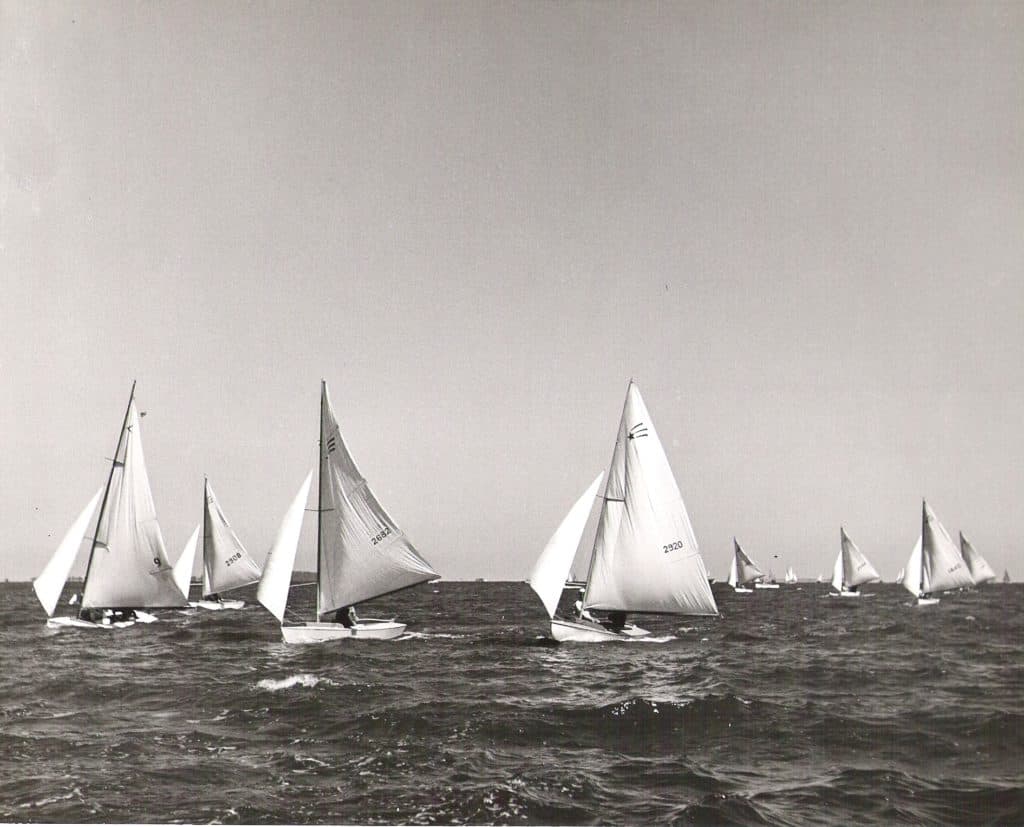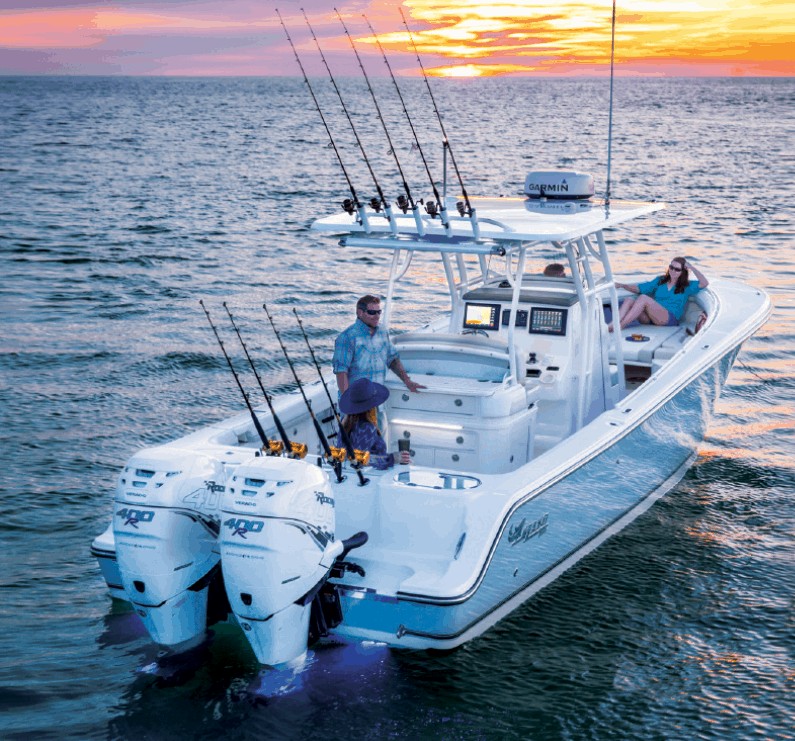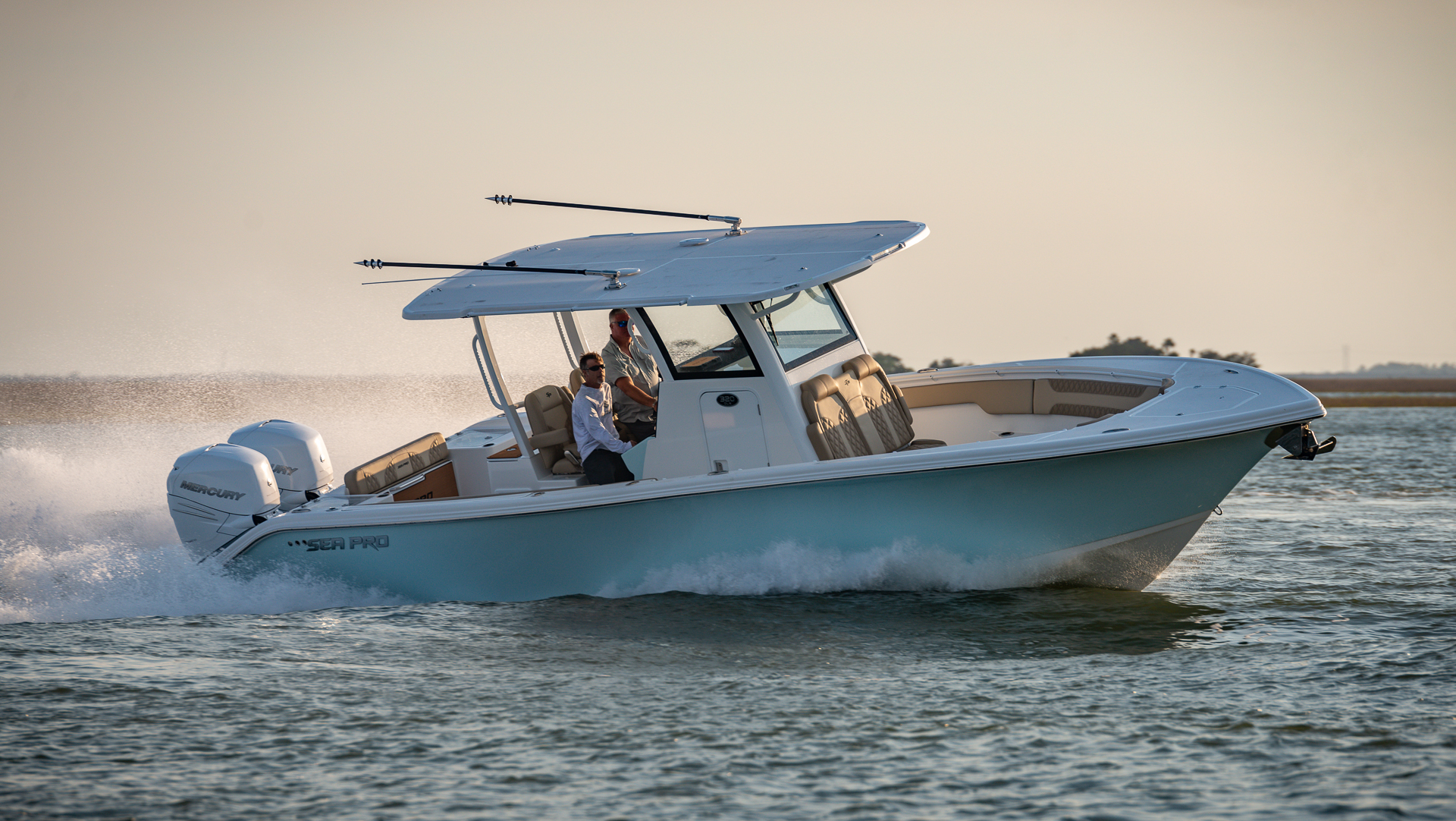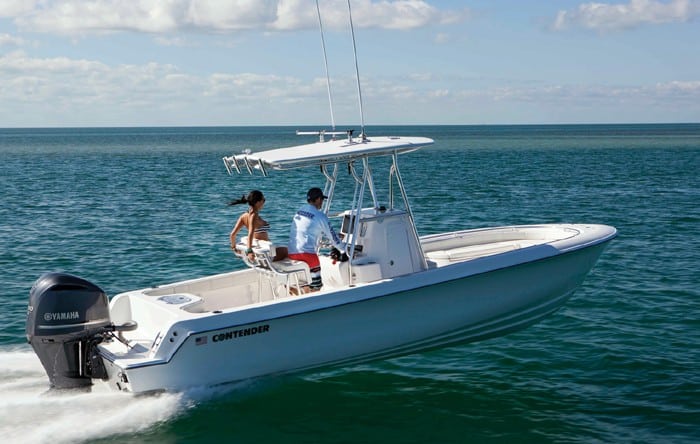A classic Chesapeake one-design
By Tom Price
The first popular one-design racing class on the Bay was the 22-foot Star. Its huge sail area and slim hull was ideal for our light airs and short chop, and the class quickly spread from Gibson Island to the Eastern Shore and south to Hampton.
The Comet
- Design: C. Lowndes Johnson
- Length: 16′
- Beam: 5′
- Draft (Board up): 6″
- Draft (Board down): 3′
- Displacement: 265 lb.
- Sail Area (Main & Jib): 140 sq ft
- Crew (racing): 2
In 1932, C. Lowndnes Johnson, the 1929 Star International champion who built his own boats was asked by Maria Wheeler of Easton to design a Star-like trainer for her two sons, David and Thomas. Lowndes went to his drawing board and produced plans for
a good-looking 16-foot centerboard boat with a with a lovely, Star-like stem, hard chines, and an arc bottom with nicely lifted ends. Ralph Wiley in Oxford Maryland built the boat at his small shipyard (which is now the Cutts and Case yard) using local cedar and pine. The Wheeler family was pleased with its appearance and performance. Chesapeake Bay Yacht Club commodore Elliott Wheeler ordered one for himself and soon six boats were sailing on the Tred Avon.
“Crab” was the original design name, which didn’t suit a rather attractive and quick new one- design, so in a logical turn of thought, it became the “Star Junior.” Yachting Magazine published a sketch and description of the boat in 1932, and Johnson soon had orders for 100 sets of plans. The magazine displayed a model of the boat at the 1933 New York Boat Show, and it was a big hit. Sailors from the Stone Harbor Yacht Club in New Jersey set up the first fleet, and by 1938, the class grew to 40 fleets and more than 1,000 boats. Subsequently, the design became known as the Comet. The class organization evolved, emulating the Star Class, with a strong set of rules and procedures to guide its growth. On the Chesapeake, fleets formed in Oxford, and, in 1937, on the Severn at the Indian Landing Boat Club.
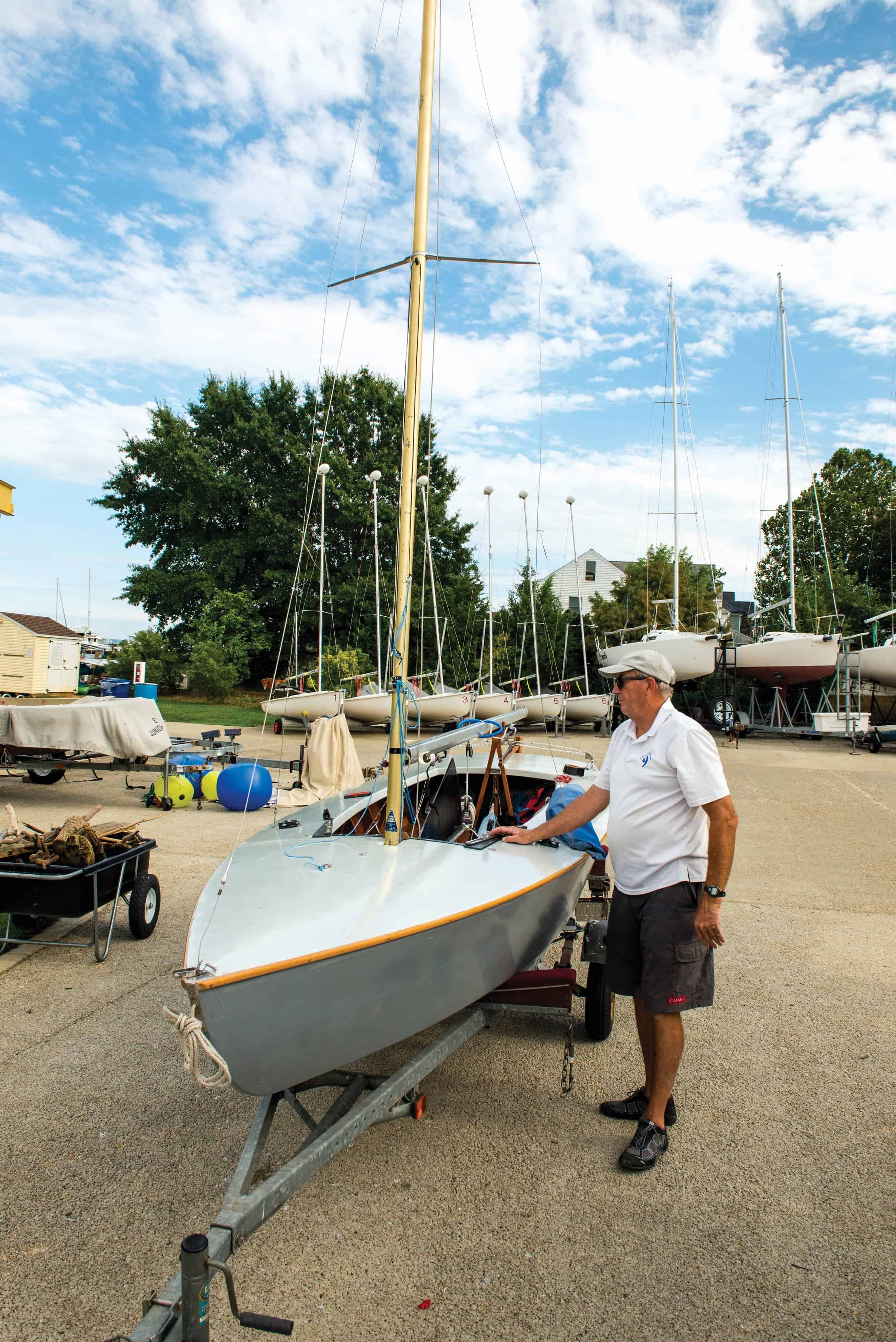
A fleet appeared at Gibson Island in 1940 and prospered for nearly 20 years with 20 to 30 boats racing in open events before it faded in the early 1960s. Around 1960, the Severn River Comets migrated to the wider end of the Severn at Round Bay where the new Severn Sailing Association was forming.
New fleets formed on the Miles River at St. Michaels and further north on the Corsica River. In 1952, The Skipper magazine listed 80 qualifiers in the Comet Class for the CBYRA High Point championship, showing both the popularity of the Comet and the strength of one-design racing back then.
The Comet class has survived the roulette of classes that come and go. No longer considered a high-performance boat, it now attracts sailors because of its steady sailing characteristics, good looks, and the availability of well-built boats that have stood the test of time—a side benefit of a generous overall weight. Now considered a classic, it attracts sailors who appreciate its history and the performance designed by Johnson 86 years ago. In fact, with a new builder, Whitecap Composites (Bristol R.I.), it has a new lease on life, and 10 new boats have emerged in the past few years. They seem to be competitive and, fortuitously, they don’t seem to outclass the older boats. A used and still-competitive Comet can be had for a reasonable $2,000 to $3,000.
It is wonderful to see that wooden Comets remain competitive. Like other small boats built at the twilight of wood one-designs in the 1960s, the builders, like Lippincott and Beaton in New Jersey, knew exactly what they were doing and made boats based on decades of experience, which it turns out, can withstand the strain of powerful hiking, less elastic modern sailcloth, and aluminum spars. Trailering in the dry air and at highway speeds with these western red cedar boats made it important that joints were strong, tightly-fitted and well-fastened.
My connection with the Comet is both recent and long. The first boat I ever sailed was my father’s Comet on Round Bay on the Severn River in the early 1950s . It’s one of my first memories, and I was young enough to be thrilled by feeding grapes to minnows and terrified when they nibbled my toes. As time passed, Dad’s Comet became a relic in my Grandfather’s barn with her bottom planks off and her ribs exposed. The smell of cedar still resonates with me. All that remains of her after the barn burned is a lovely watercolor by my mother of the boat sailing on the Severn.
Skipping ahead nearly 50 years, my brother decided to get a Comet and found a good one at the dangerously enticing Chesapeake Bay Maritime Museum boat auction. Later, his oldest son bought his own Comet and now races it successfully, finishing third in the 2017 Internationals. After many years racing Stars and a brief fling with a Lightning, I have just gotten one of those fine wooden Comets from the ‘60s to refinish and race. It smells of the cedar I remember so well.

